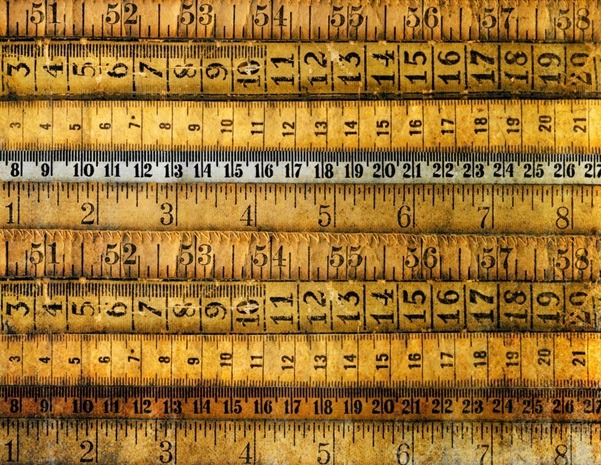As the weather warms up, you’re probably ready to start cracking on all those great outdoor projects you’ve had planned for your yard. Nothing like cold and dreary weather to have you dreaming of raised gardens or lush grass.
One thing even the most experienced gardener tends to struggle with is figuring out how much soil, compost, or other material they need for a project. It’s a challenge for many because it requires you to think and visualize things in three dimensions. And then there is the math to get straight!
The materials you need are going to be calculated in cubic yards, so let’s look at how you go about getting that number.
Understanding the Cubic Yard
A cubic yard is the volume of a cube where the three dimensions — length, width, and height — are each one yard. It tells you how much space can hold as opposed to a square yard, which gives you the area of flat space.
Where people go wrong in trying to calculate cubic yards is in understanding that a cubic yard is made up of 27 cubic feet. Picture a classic Rubik’s cube to visualize how that looks. So when trying to convert from cubic feet to cubic yards, you have to divide by 27, not three.
Calculating a Cubic Yard
Figuring how many cubic yards of material you need is fairly straightforward math, but remembering which numbers you need and the order you need them is critical to getting the correct answer.
Start by measuring the space you need to fill. You’ll need three measurements to get the volume of the space — length, width, and height — typically taken in feet.
If the height of your space is less than a foot, you’ll want to convert the number of inches into a fraction of a foot. All three measurements need to be the same type of unit for the math to work. Forgetting to convert them to feet is another common issue in doing this math.
Multiply your three numbers to figure the volume of the space in cubic feet. For bagged soil and other small amounts, cubic feet might be all you need. If you’re buying larger quantities, convert the volume to cubic yards by dividing by 27.
When You Need the Cubic Yard
Many times, a backyard project requires you to fill a set amount of space. Using cubic yards allows you to fill that space more precisely than other measures. For example, the same volume of sand can weigh more on a rainy day because of moisture absorption than it would on a dry day.
And it’s more than the size of your garden bed or driveway that you need to figure sometimes. It helps to know the cubic-yard capacity of the bed of your truck or a waste container to be assured you can hold the amount of material you need to.
Buy Project Material With Confidence
Whether you’re getting soil for a raised bed or gravel for a french drain, understanding how to calculate a cubic yard will ensure you get the right amount of material for your project. If remembering how to do all the math is a challenge, an online calculator can be your best friend. Take good measurements, insert the numbers, and you’ll be able to confidently order the correct amount.
Check out our other articles on outdoor projects for your home as well as other home improvement tips and ideas.

